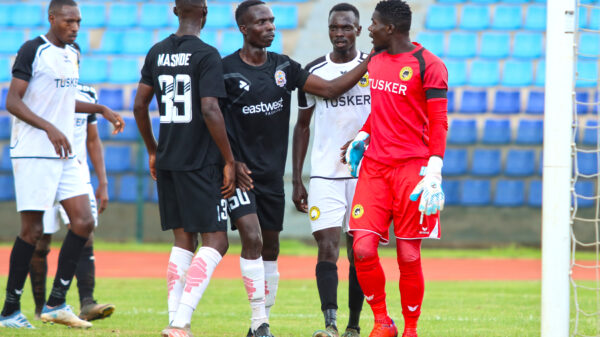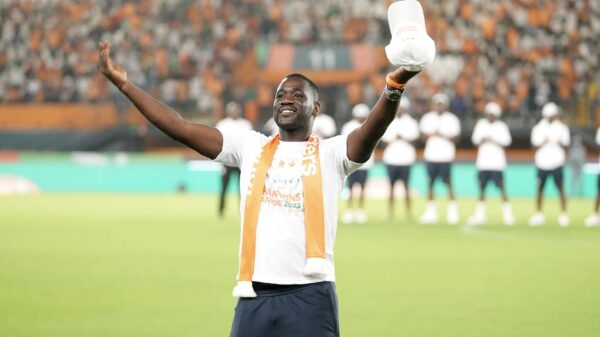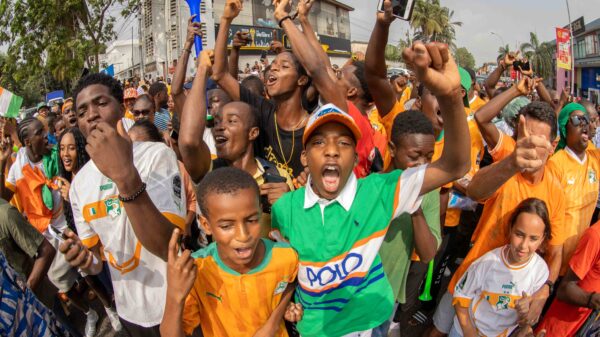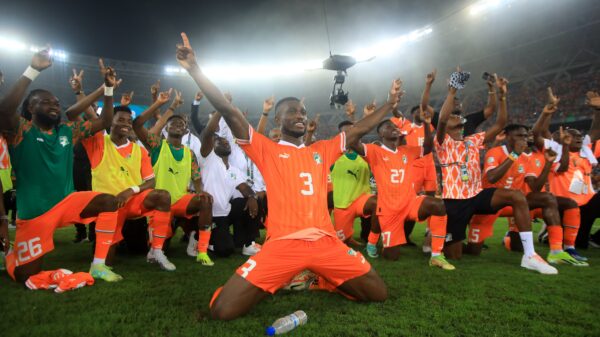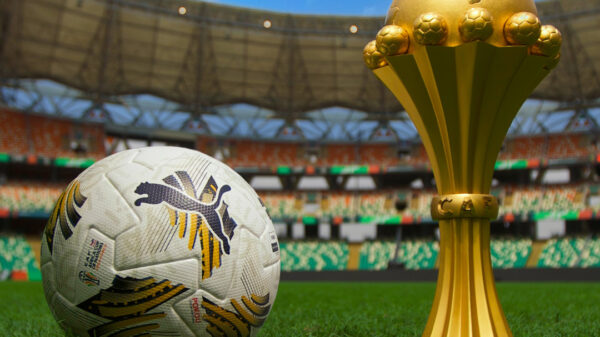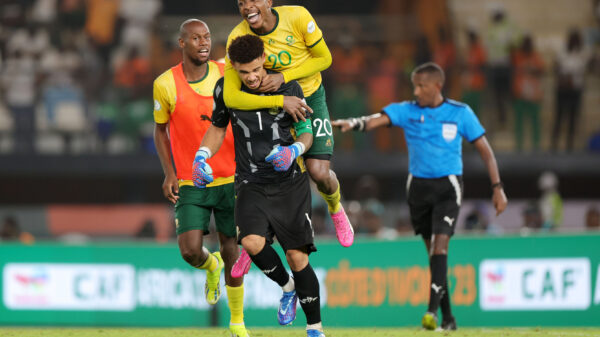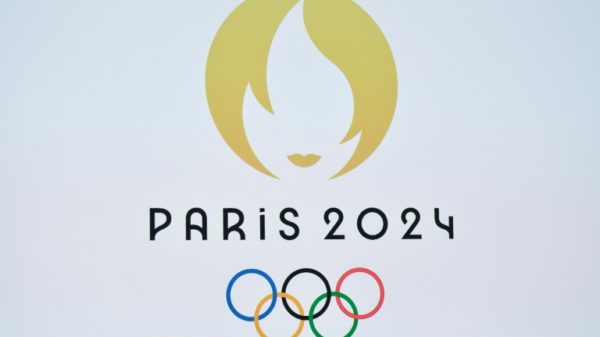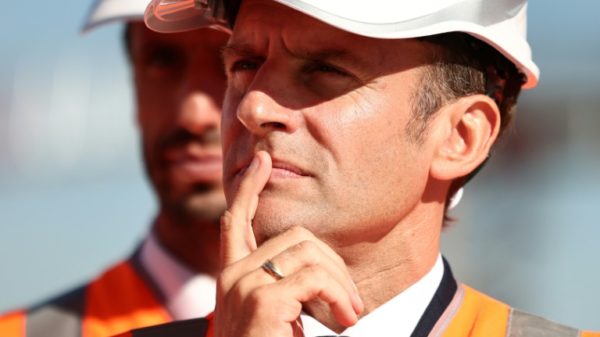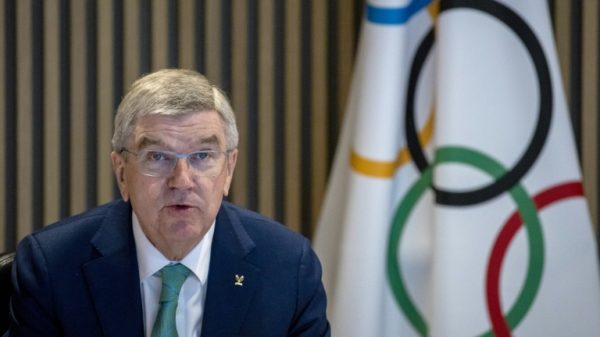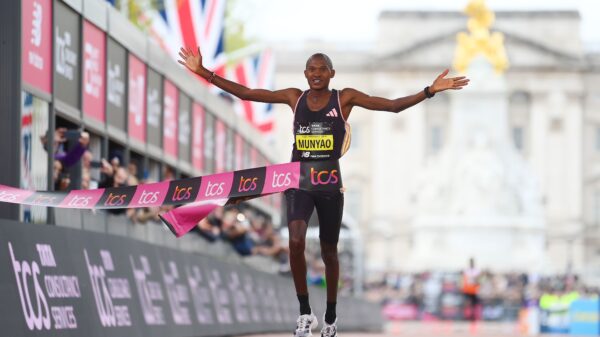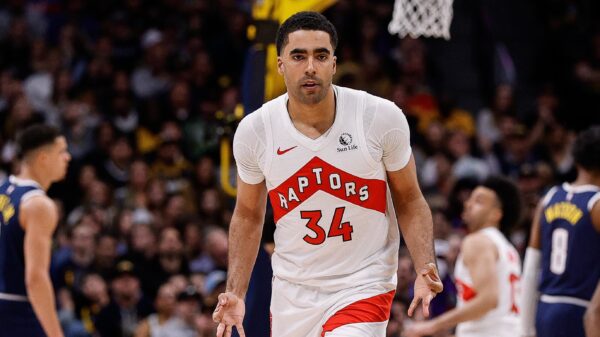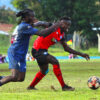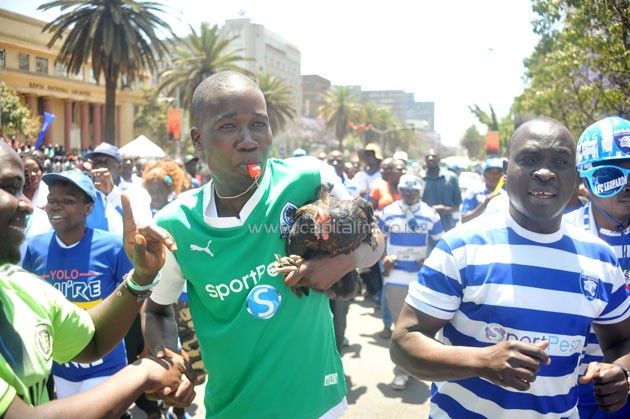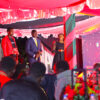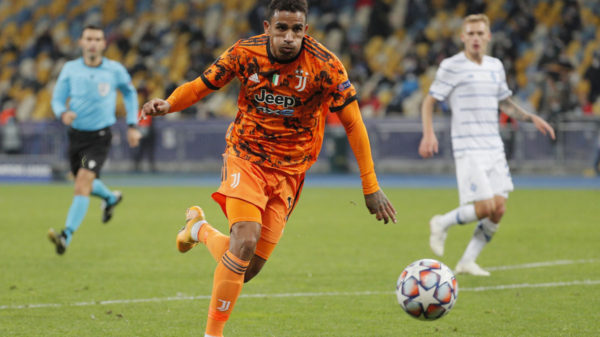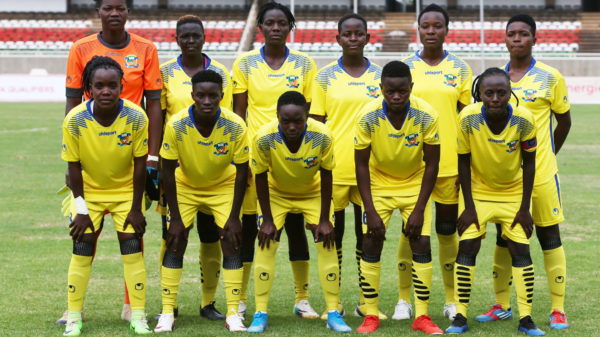NAIROBI, Kenya, April 4 – Thirty two year old Zoliswa Gila’s dream was to be a pilot.
 But unable to afford it, the single mother of one settled for the next big thing. For the better part of the last year, she has been working as a crane operator at the Green Point stadium sitting 80 metres in the sky, which has helped to realise part of her childhood dream.
But unable to afford it, the single mother of one settled for the next big thing. For the better part of the last year, she has been working as a crane operator at the Green Point stadium sitting 80 metres in the sky, which has helped to realise part of her childhood dream.
This is what 2010 World Cup is doing in Cape Town, says Director of Communications Pieter Cronje, “It’s not about the structures but about the people of Cape Town. Touching people’s lives with the World Cup; helping them live their dreams and impacting on them via the World Cup.”
Regarded as one of the most beautiful cities in Africa, Cape Town will host five group games, a second round match, a quarterfinal and a semifinal.
And with eight matches on the cards, Cape Town set about creating the perfect theatre for the soccer bonanza. An older 18,000 seater Green Point stadium was brought down to create room for a new one by the same name.
Construction began in March 2007, at a cost of a mammoth 2.8 billion rand but it has truly been worth it.
Standing right at the foot of the imperious Table Mountains, it’s a wonderful feature in a gorgeous location with the breathtaking arena just hundreds of metres from the ocean and the mountains forming an indelible background.
Robben Island, Victoria & Alfred Waterfront and the Atlantic Ocean are within touching distance of the 68,000 seater stadium.
And despite the initial hitches like budget, protests and queries over its viability, the stadium – christened the Africa Renaissance stadium – is on track for completion on December 14 this year.
When Capital Sport visited the site recently while on a Fifa Media Awareness tour, it was a beehive of activity as the workers installed the roof.
“We have 2500 people working on the stadium. The peaks come and go but that is the biggest picture. Then we have engineers, architects, and quantity surveyors so it’s a really big team,” says Cronje.
The stadium takes the shape of a bowl as explained by architect Robert Hormes, “We decided it should not be a box and compete with Table Mountains. It’s a functional design with special attention to optimum by bringing fans as close to the action as possible.”
The stadium’s outstanding feature will be a fabric that will help illuminate the arena. The mesh skin under the steel cable and truss structure will act as a luminous disc during days of sunlight and will transmit the colour and atmosphere of the day into the stadium interior. 
“We are using translucent material to play with the light. The woven fabric will reflect the colour of the day changing its impression and reflection during the day and at night it will glow,” said Hermes.
“It will be not just be a concrete façade in the middle of a beautiful landscape.”
Hermes adds that its capacity will be reduced after the event, “some of the seats will be demounted – suites will created and boxes to fit other sports that require those facilities.”
And the city is already looking past the World Cup. Already a deal has been sealed with the SAIL/Stade de France consortium which will run the stadium for the next 30 years.
But it’s not only the stadium. The entire city is also undergoing a huge infrastructure upgrade.
“We are introducing the first phase of an integrated transport system which will have a dedicated bus service ad a shuttle bus service and also a provision for pedestrian walkways,” said Cronje.
The workers all wear number 10 on their overalls.
Human resource manager Vincent Rhoxo, “We preach the same gospel or philosophy. We belong to one team and everyone is number 10 out there with the same overalls. We speak the same language.”
And you can sense the pride in the workforce, “I feel really proud because am reaching the twilight of my career and this is my swansong which is very important because it is the first for South Africa and the city.”
Constructing the stadium has cost quite a penny. “The public sector investment from national, provincial and local governments totals 10 billion rand and this has been matched by at least as much by the private sector,” says Cronje.
 Among the investment by the private sector includes six new hotels. “The current estimate for visitors is about 500,000 and because it’s a long haul destination we expect people to stay longer before and after the World Cup.
Among the investment by the private sector includes six new hotels. “The current estimate for visitors is about 500,000 and because it’s a long haul destination we expect people to stay longer before and after the World Cup.
We expect that four out of every five visitors will come to stay here because we are top tourist destination,” he adds.
The venue for the World Cup draw on December 4, the Cape Town local organising committee, is already crossing fingers over which teams they would want to host in 18 months time.
“Everyone hopes to get Brazil and then some of the big teams like England, Holland and Germany because they will bring a lot of people but we will also be very happy to welcome and host some of our African teams,” quips Cronje.
Project manager Andy Fanton sums up the spirit of Cape Town regarding the World Cup, “without passion you’ve got nothing. If you don’t engage in something with 100 percent commitment and passion then you shouldn’t engage at all.”
Enough said.
Ke Nako (Its time)…
OTHER VENUES
Another venue visited by Capital Sport was the Mbombela Stadium – a brand new 44,000-seat stadium located six kilometers west of Nelspruit.
The giraffe is the signature feature of the stadium with 18 roof supports that resemble the tall stylish animal all round the stadium as a tribute to the wildlife found at the nearby Kruger National Park.
It also has a bowl design aimed at bringing fans as close to the action as possible and maintain excellent sightlines over the heads of spectators. The seating is divided into three tiers with 21,000 lower tier, 3,500 middle tier and 19,000 on the upper tier.
The 1,450 tonne roof covers an area of 22,500 square metres and will cover 95 percent of the seats. The roof is 35m above the pitch half of which is translucent to maximise sunlight to the pitch and to lighten the seating bowl.
Coca-Cola Park, formerly known as Ellis Park Stadium, hosted the Rugby World Cup final in 1995, which was won by the Springboks.
The large stadium was the country’s most modern when it was upgraded in 1982 to accommodate almost 60,000 people.
Coca-Cola Park will host five group games, one second round game and one quarter-final of the 2010 FIFA World Cup, for which its capacity will be increased by 5,000 seats on the northern side only, to 65,000.
Moses Mabhida Stadium named after Moses Mabhida, a former General Secretary of the South African Communist Party (SACP), is intended to be a world-class multi-purpose stadium in Durban.
It has a planned capacity of between 70,000 and 80,000. The stadium will host five group games, one second round game, one quarter-final and a semi-final match.
The Royal Bafokeng Sports Palace was originally built as a venue for the 1995 Rugby World Cup and was named after the Royal Bafokeng Nation.
Although originally built as a rugby stadium, it has become more of a football arena after the 1995 Rugby World Cup.
The capacity of the stadium has been increased from 38,000 to 42,000 in preparation for the WC to be able to host four first and two second round matches.
The Stadium upgrade was completed in March 2009 in time to host four 2009 FIFA Confederation cup matches.
Nelson Mandela Bay Stadium is a 50,000 seat stadium under construction at Nelson Mandela Bay.
The five-tier, 1.1 billion Rand facility overlooks the North End Lake.
This is the first time a world-class football stadium will be built in the Eastern Cape Province. It will boast 150 VIP suites, 60 business suites, a sports clothing shop, gymnasium, 500 parking bays, plus lecture and function rooms.
The Peter Mokaba Stadium in Polokwane will have a capacity of 46,000.It was named after a former leader of the ANC Youth League and is located five kilometers from the city centre just east of the existing Pietersburg Stadium.
The stadium is one of five new ones to be built for the Football World Cup 2010. Initial plans to upgrade the current Peter Mokaba Stadium were abandoned in favour of the new stadium.
Loftus Versfeld Stadium in Pretoria has a capacity of 51,762 and is an all seater venue.
Minimal upgrading was undertaken in order for Loftus Versfeld to qualify as a venue for first and second round matches for the World Cup. The floodlights, sound system, scoreboards and stadium roof were improved.
The Free State Stadium, also known as Vodacom Park, is a stadium in Bloemfontein, which is used for rugby as well as football.
A second tier will be added to the main grandstand on the western side of the ground, increasing the net capacity from 36,538 to 48,000- mark required for venues to stage 1st and 2nd round matches.
Additionally, new turnstiles will be erected, the floodlights will be upgraded, electronic scoreboards will be installed, the sound system will be revamped to the required standards, CCTV (Closed Circuit TV) and the media facilities will be improved.

Soccer City Stadium is situated in Nasrec Johannesburg, some eight kilometres to the south-west of the city centre.
The stadium is the flagship venue for the World Cup, and will host both the opening match and the final. It is the largest stadium in Africa and is also known as FNB Stadium (First National Bank stadium).
The stadium provides 80,000 plastic bucket seats, and has a two metre "moat" to protect the players from the fans.
The upper tier was extended around the stadium and 99 corporate boxes added, to increase the capacity to 94,700. An encircling roof will be added, looking like a giant calabash.




